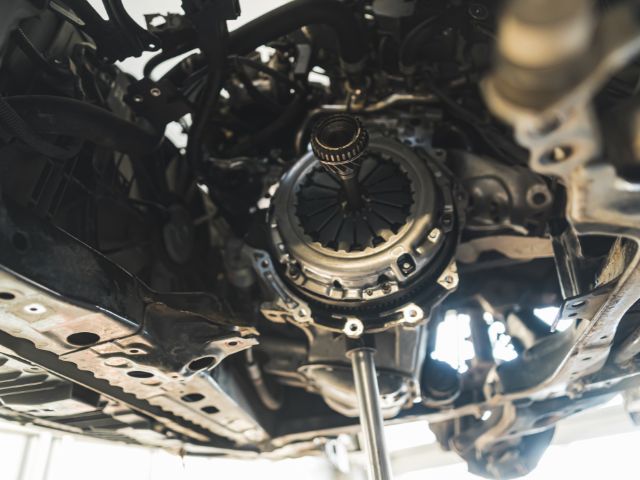
 tech
tech 
Drivers who own a stick shift car must understand their vehicle’s key components, such as the clutch master cylinder. Below, we explain what to know about your car’s clutch master cylinder, including its basic function, signs of failing, and maintenance tips.
The clutch master cylinder is pivotal in your car’s ability to change gears smoothly, ensuring a pleasant driving experience. It transforms pressing the pedal into a mechanical movement that engages or disengages the clutch.
This component works on hydraulic principles. When you press the clutch pedal, the master cylinder pressurizes brake fluid in the clutch lines and then moves the slave cylinder. The transference of this pressure plays a crucial role in the engaging and disengaging process of the clutch from the flywheel, allowing for gear shifts.
The clutch master cylinder is essential to your transmission, so if it starts to fail or has problems, it’ll have significant repercussions for your car. Luckily, the signs of a failing clutch master cylinder should be apparent to any driver. A failing clutch master cylinder will struggle to shift, making the brake pedal feel soft or spongy. If you notice any of these issues, you should inspect the master cylinder immediately to see if it’s the cause of the problem.
Repairing or replacing a clutch master cylinder is a process that demands some mechanical knowledge and skill. Those opting to do it themselves must go through several steps. These include removing the old cylinder, bench bleeding the new cylinder to remove air, and installing it while ensuring they don’t introduce air into the system. Using only high-quality brake fluid and parts specific to your car’s make and model is imperative. If you’re uncomfortable doing this yourself, you should seek the services of a professional mechanic to avoid complications and ensure the longevity of the new part.
To avoid replacing or repairing the master cylinder, drivers should conduct regular maintenance. This includes periodically checking the brake fluid level and topping it up if necessary, as the fluid is crucial for maintaining hydraulic pressure. You should also watch for any signs of contamination in the fluid or leaks in the system, which could indicate wear or damage to the cylinder. Scheduling a clutch inspection as part of your routine vehicle service will help catch any issues early and might prevent more significant repairs. Remember that preventative care is often simpler and more cost-effective than addressing major failures.
That’s all you need to know about your car’s clutch master cylinder. Keep an eye out for signs of distress in the master cylinder, and conduct regular maintenance to ensure you get many years of use out of it.
24World Media does not take any responsibility of the information you see on this page. The content this page contains is from independent third-party content provider. If you have any concerns regarding the content, please free to write us here: contact@24worldmedia.com